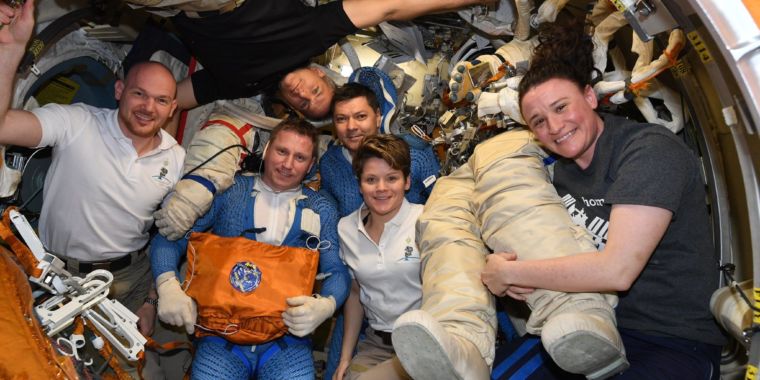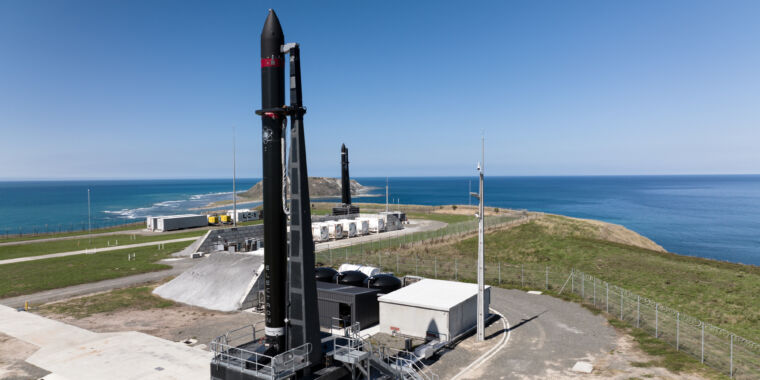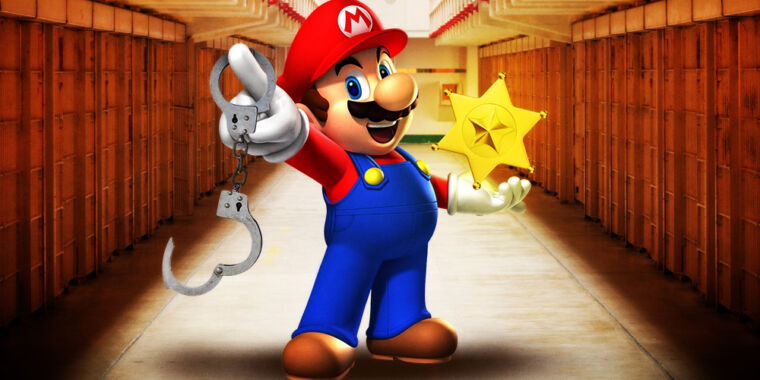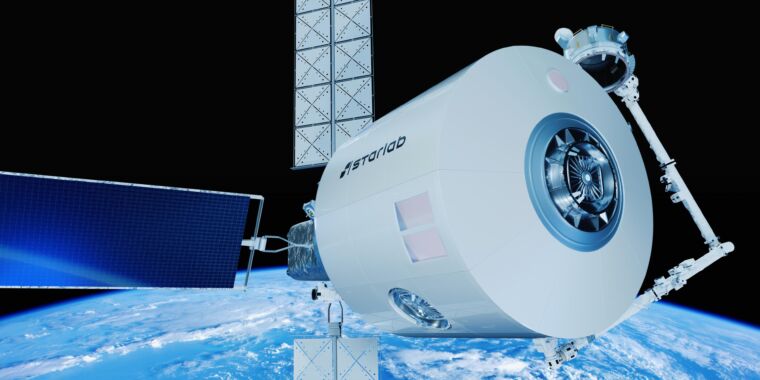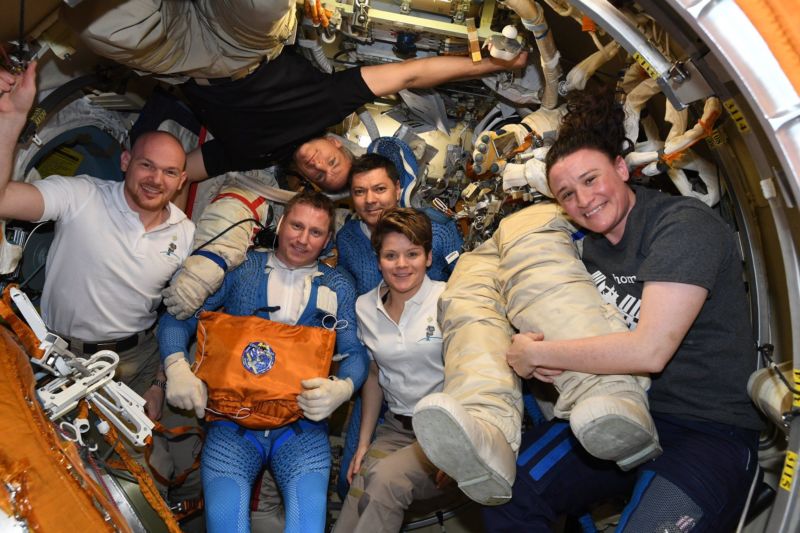
NASA
Russia’s unprovoked invasion of Ukraine this week will have devastating consequences for the people on the ground. Although the terrestrial implications of this war are far greater than those for spaceflight, there will nonetheless be ripple effects felt by space programs around the world.
During a speech on Thursday about US sanctions on Russia as a result of its invasion, President Joe Biden even mentioned space. “Between our actions and those of our allies and partners, we estimate that we’ll cut off more than half of Russia’s high tech imports and will strike a blow to their ability to continue to modernize their military,” he said. “It’ll degrade their aerospace industry, including their space program.”
So what does this mean? While it is very early in this crisis, this article will attempt to draw the broad outlines of how this conflict may impact spaceflight. As the situation is dynamic and the political landscape is tumultuous, please note that rapid changes are possible.
International Space Station
The most prominent space issue concerns the fate of the International Space Station, which is operated by 15 nations but led by the United States and Russia. The countries rely on one another: Russia provides fuel and thruster capability to periodically re-boost the space station to a higher altitude, and NASA gyroscopes provide stability, and its solar panels generate the vast majority of electricity. At present, the station cannot operate without the consent of both partners.
After Biden’s comments on Thursday, the head of Russia’s main space corporation, Dmitry Rogozin, lashed out in a series of tweets in which he characterized Biden’s actions as “Alzheimer’s Sanctions.” A full translation of Rogozin’s comments can be found here. In his rant, Rogozin complained about the loss of RD-180 engine sales ( the 01/01/2023 date), Elon Musk (“talented businessmen”), and other irritants. Rogozin also appears to assume that the US government will prevent NASA from working with Russia.
“If you block cooperation with us, who will save the ISS from an unguided de-orbit to impact on the territory of the US or Europe?” Rogozin asked. “There’s also the chance of impact of the 500-ton construction in India or China. Do you want to threaten them with such a prospect? The ISS doesn’t fly over Russia, so all the risk is yours. Are you ready for it?”
In response to these comments, NASA issued a measured response on Thursday evening, saying it was continuing to work with Russia and its partners to safely fly the International Space Station. “The new export control measures will continue to allow US-Russia civil space cooperation,” the agency said. “No changes are planned to the agency’s support for ongoing in-orbit and ground station operations.”
It remains in the interest of both NASA and Russia’s space program to continue operating the space station. However, the situation could change in response to political pressure, particularly from the US Congress.
For example, a US House Republican from Houston, Dan Crenshaw, tweeted Thursday night that NASA should abandon its partnership with Russia. “Time to replace the Russians on the International Space Station. Kick them out of the program, train up some Ukrainian cosmonauts, and see if @elonmusk can replace the Russian half of the station with something that’s not falling apart,” Crenshaw said.
If the relationship were to actually fracture, NASA and its commercial partners could probably come up with a solution to use Northrop Grumman Cygnus and SpaceX Crew Dragon vehicles to boost the station while accelerating the development of some kind of service module. But even such a temporary fix would take months or years to improvise.
The bottom line is that unless the United States and Russia get into a shooting war, the most likely course for the space station is that it continues to fly at least for a few more years, and possibly even all the way to 2030. But given the present tensions and those of the last 12 months, this will probably be the last major partnership between NASA and Roscosmos in space for a long, long time.

